[Text by Neal Morris. This is a Professional Feature edited by the RIBA Practice team. First published Thursday 17 June 2021.]
There are times in all of our careers that require a 'high stakes' conversation. This might be a pivotal negotiation – something that our future career prospects depend upon – or it might be less far-reaching, such as a debate with a client over the finish of a design detail.
Just how high the stakes are for a particular situation will depend on our own priorities, of course. But we naturally want our voices to be heard and our opinions appreciated. We want to wield an influence.
Karen Fugle, Executive Coach at SleepingGiant Consulting, suggests that, if we wish to be more satisfied in our careers, we should ask ourselves how much influence we have in our workplaces; and we should resolve to be more influential in the rest of this year. As host of the RIBA’s recent Future Leaders conference, she explained certain practices we can all adopt in order to make our high stakes conversions more effective.
The goal determines the approach
To influence effectively, we cannot stick to a default approach, Fugle insists. Instead, we need to choose the most appropriate strategy: one that suits the objective, the occasion and the audience.
We should be able to delve into a toolkit of conversational tactics. We can only do this if we have rehearsed: practice and roleplay are essential. Without rehearsal, our ability to influence a high stakes conversation will evaporate in the moment.
Fugle explains the various approaches she has drawn up using biological analogies: a body of different negotiation techniques to choose from.
The left and right brain
The ‘left brain’ approach is governed by logical argument. It states facts, relies on data and any analysis resulting from it. It is useful when trying to promote an intellectual understanding of something; or to come to an agreement.
It can be used even more effective when combined with a ‘right brain’ approach. This approach is much more imaginative, using story, images or metaphors. Having stated the facts (left brain approach), you can then illustrate the point more colourfully (right brain) to connect on a deeper emotional level.
Vision
Perhaps the addressee or the circumstance might require a more visionary approach. Consider how to paint a compelling, inspiring picture of where your team is heading. This approach uses words such as “us” and “we”: it is motivational, inspirational and speaks of a shared vision. “Imagine if, in five years' time, we had created that,” is one example Fugle gives.
The gut
This approach is assertive: you are taking a stand. This states that “I want this or that from you”, such as a change in someone’s behaviour. It should be delivered diplomatically and might involve negotiation, but the objective is agreement and compliance over what and when something important needs to happen.
This, in Fugle’s experience, is the approach many people find most difficult. More than any other, it needs rehearsal. It is not about being harsh, but being appropriately assertive.
The heart
With the ‘heart’ approach, the language is all about ‘you’. The goal is to achieve engagement or commitment. The conversation focuses upon the addressee’s aspirations and goals; and your desired outcome might be framed by asking for their help or advice. This approach can be used if there is some allowable flexibility: not over the outcome itself, but over how it is achieved.
The spirit
This is a good approach when we wish to give the team or an individual an extra push – perhaps in the final part of a large project. It appeals to shared values and common bonds to ask and establish what we have in common. It establishes common ground, using the term ‘we’, and focuses on positives. It is a ‘feel good’ approach.
The hands
Perhaps the most dramatic of these approaches, the ‘hands’ refers to making a bold and fearless request. It might take you (and your addressee) out of your comfort zone, but can be useful in making yourself visible if you felt you were being ignored. Fugle provides an example from her own life in which she fearlessly engineered a meeting with someone she knew was hiring for a job she wanted. The bold and fearless request here might be: “I hear there is a vancancy: what would it take for me to get an interview?”
The legs
This refers to the importance of remembering that you can always make a tactical strategic exit or retreat. This should, ideally, only be temporary. It is prudent to prepare an ‘exit strategy’ in advance, should the high stakes conversation not go according to plan.
There is nothing wrong with saying “I need to think about that” or “let’s take a break and reconvene in ten minutes”.
All of the above techniques can work well in the right situation. But most people, Fugle has found, do not plan ahead forensically enough – despite the fact that money, time and energy all depend on a successful outcome.
Approaching the high stakes conversation having prepared and rehearsed can avoid the trap of a plea, an outburst, or a venting of frustration. Thinking before you speak is time honoured advice that Fugle believes can be elevated into a strategy for a brilliant career.


